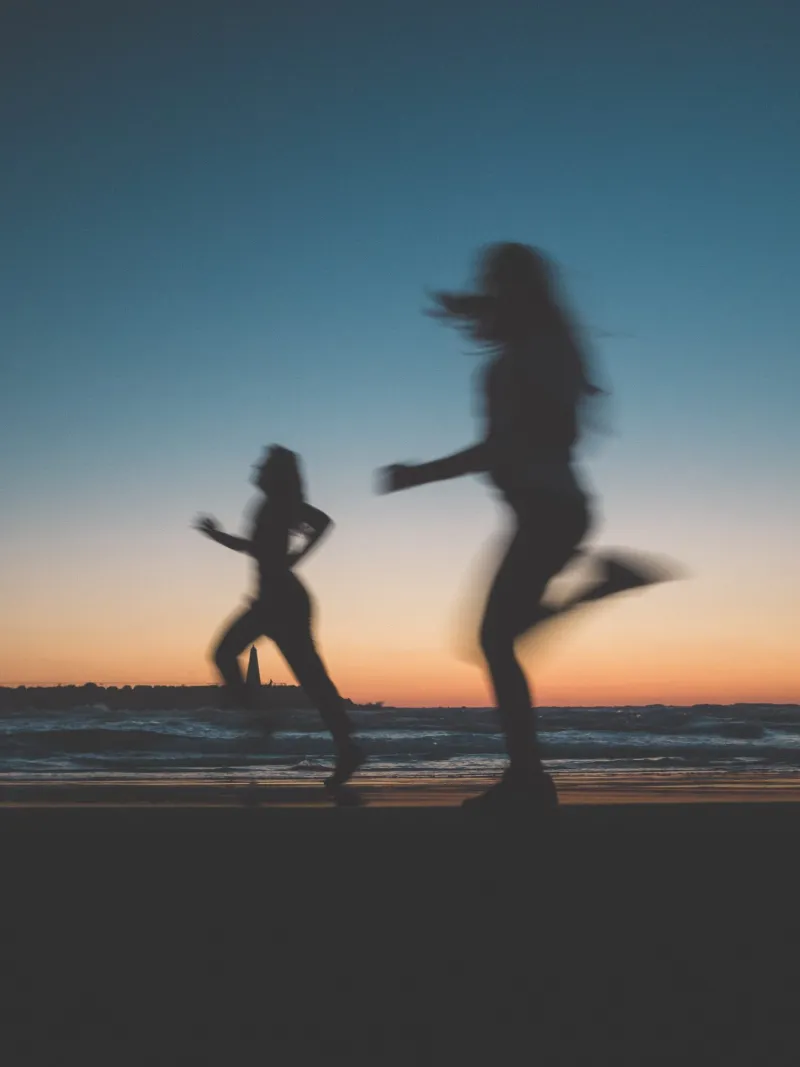
That’s a really complicated answer.
Several years ago, when I turned 30, I caught the “I’m going to be a runner” bug like a lot of my contemporaries of the time. So, I got outside and started running.
Eventually I worked my way up to doing two half marathons before my knees decided I was done. Then I thought, “maybe I should look into proper running technique and see if I can change something so that my knees will last longer”. I probably should have done that first… and not the other way around.
Anyway, then I started digging into the research of running technique, and that led me to footwear. It turns out that our shoes play a HUGE role in proper mechanics of running.
When Nike became popular in the 1970’s, they did us a big disservice. They were popular for style purposes, but they made “running shoes” that had a large heel cushion and much less toe cushion. The shoe industry calls it “drop” from the heel to the toe.
Not only did they make these shoes, but the brand sold the image of the runner and the running lifestyle. Thanks to advertising, the population became convinced that Nike shoes were the best for running. The more popular and profitable Nike became, the more other shoe manufacturers followed suit. Eventually all of our running footwear had a large drop from the heel cushion to the toe cushion.
But for most of human history, the human foot didn’t need or use that type of footwear. Your feet have three biomechanical arch systems to absorb shock and act like springs. As our body weight lands on the foot, the arch flattens out and then bounces back, providing propulsion to help move us forward.
When we wear shoes with a large drop - and some of the shoes on the market today have a 12-14 mm drop, which is very large! - we inhibit the normal motion of the foot. So, if the arches in our feet are not absorbing shock, what do you think will happen?
That force gets passed up to the knees, and our knees have to absorb the shock.
In my opinion, a flatter shoe is better. I look for shoes that have zero drop from the heel to the toe, but they are really hard to find. I usually have to order them online because most shoe stores don’t stock zero drop shoes.
It does take some time to adjust to wearing and especially running in zero drop shoes. We will talk about that transition next week.
Website developed and Designed by Evolved Marketing